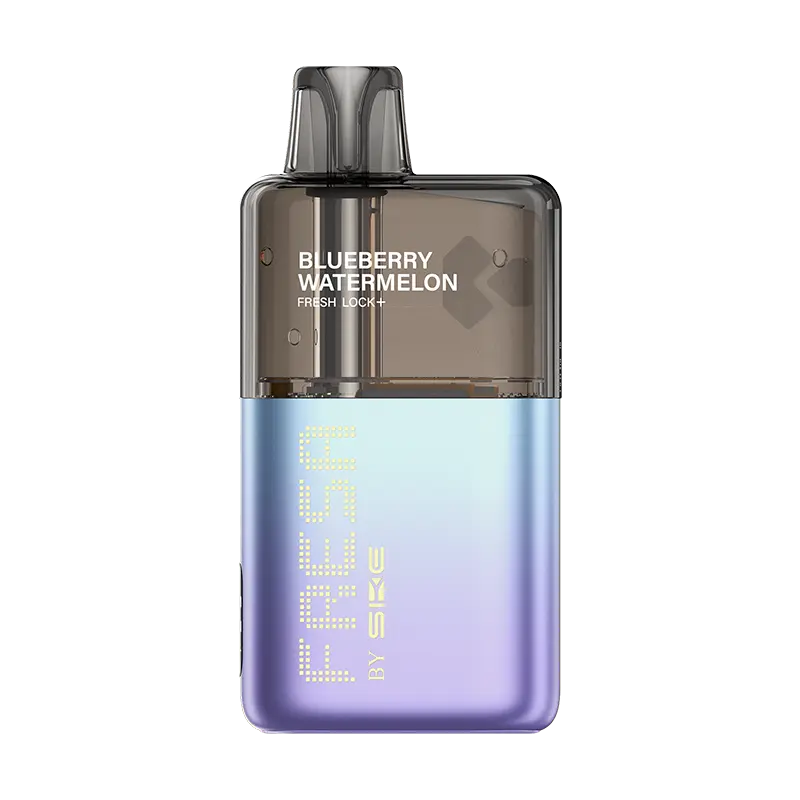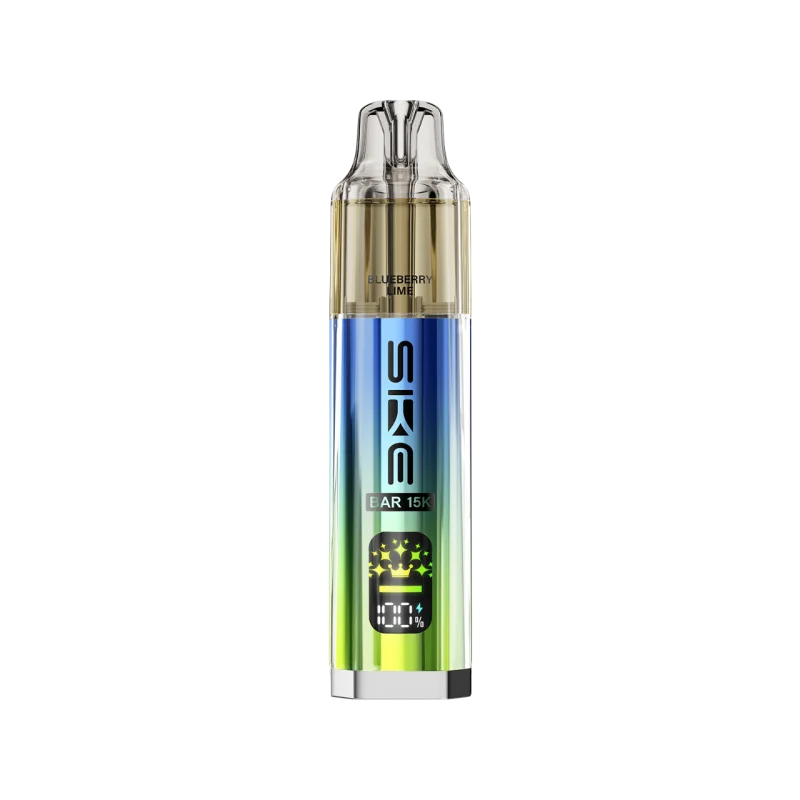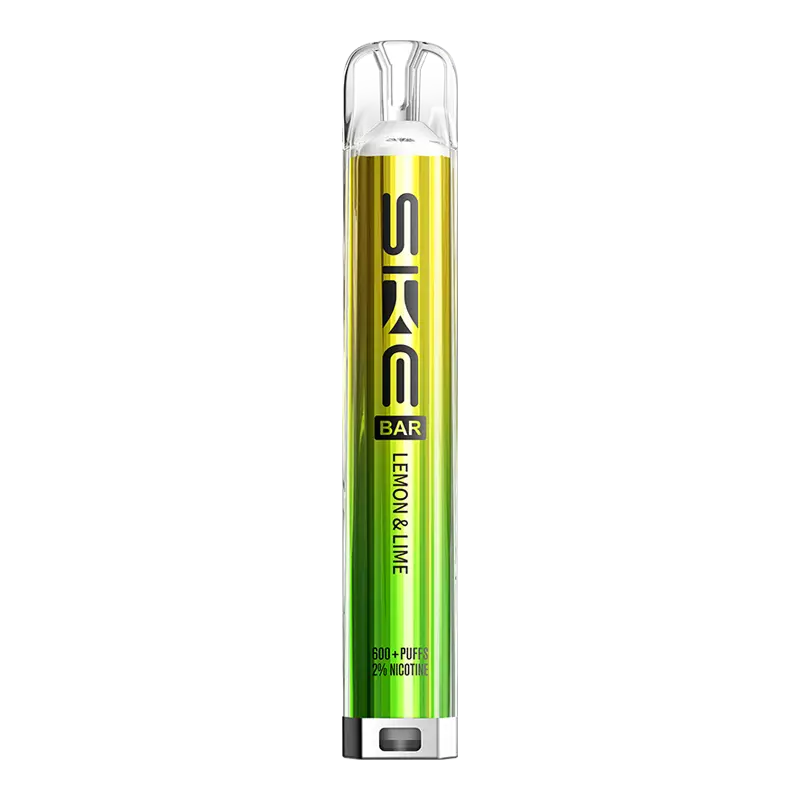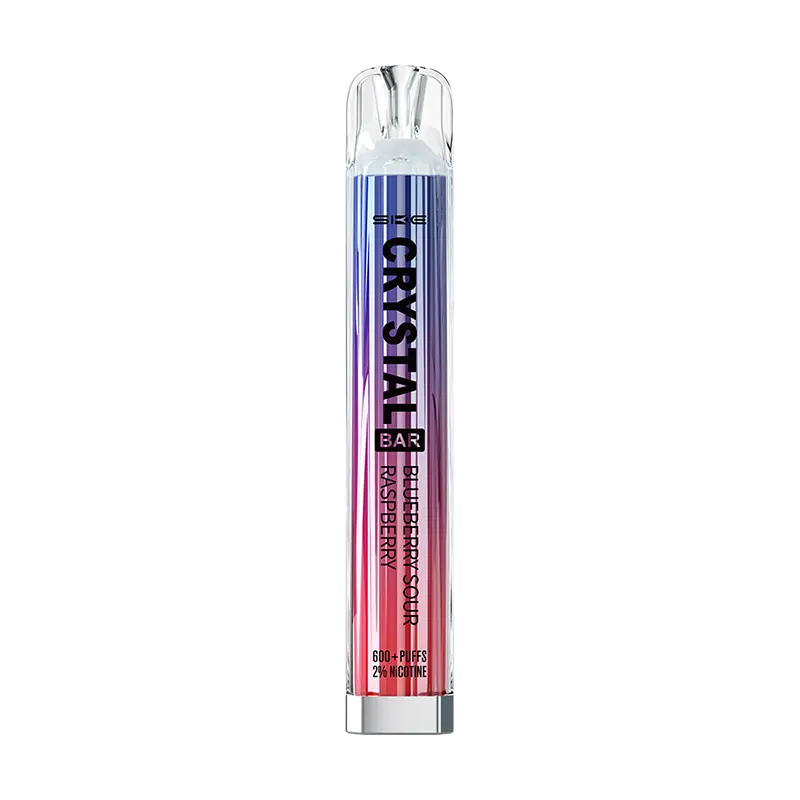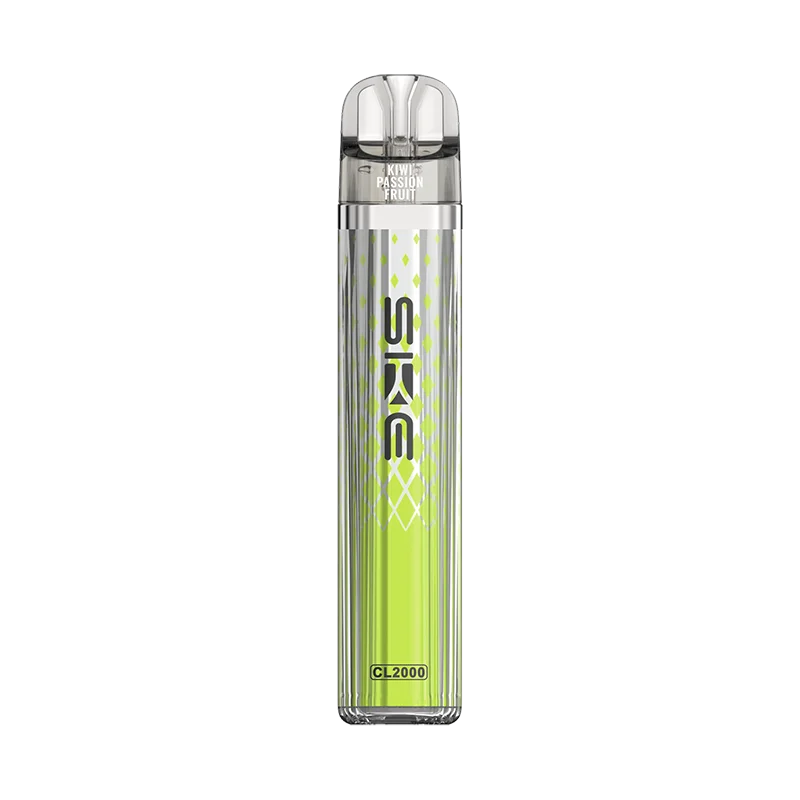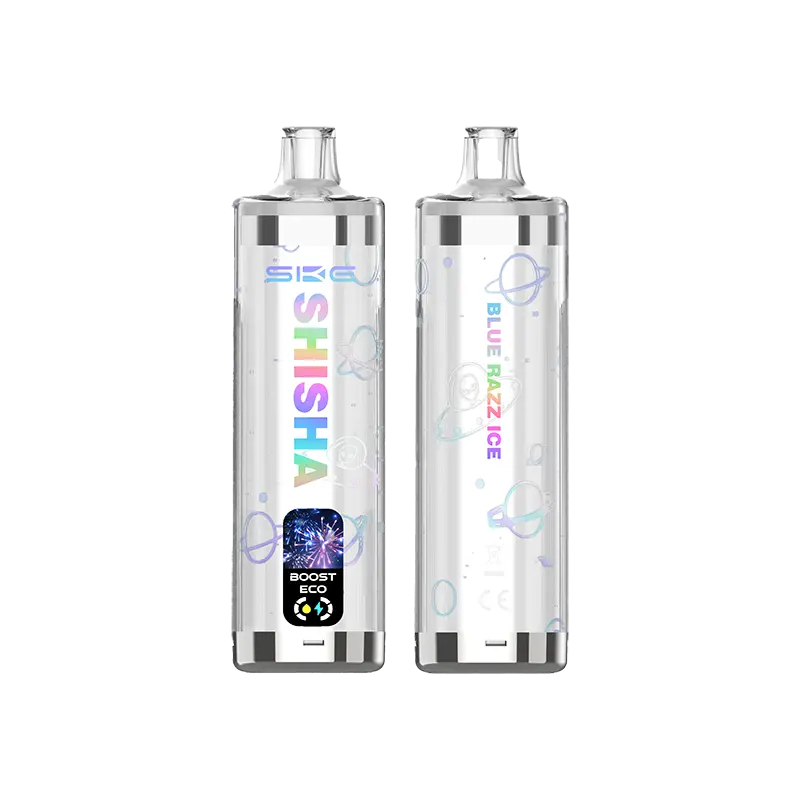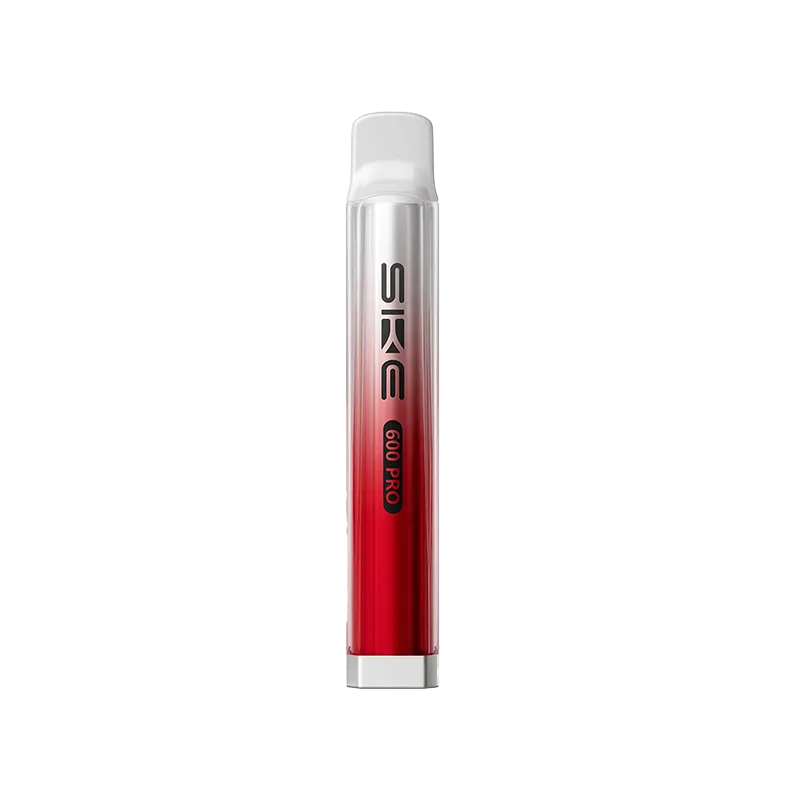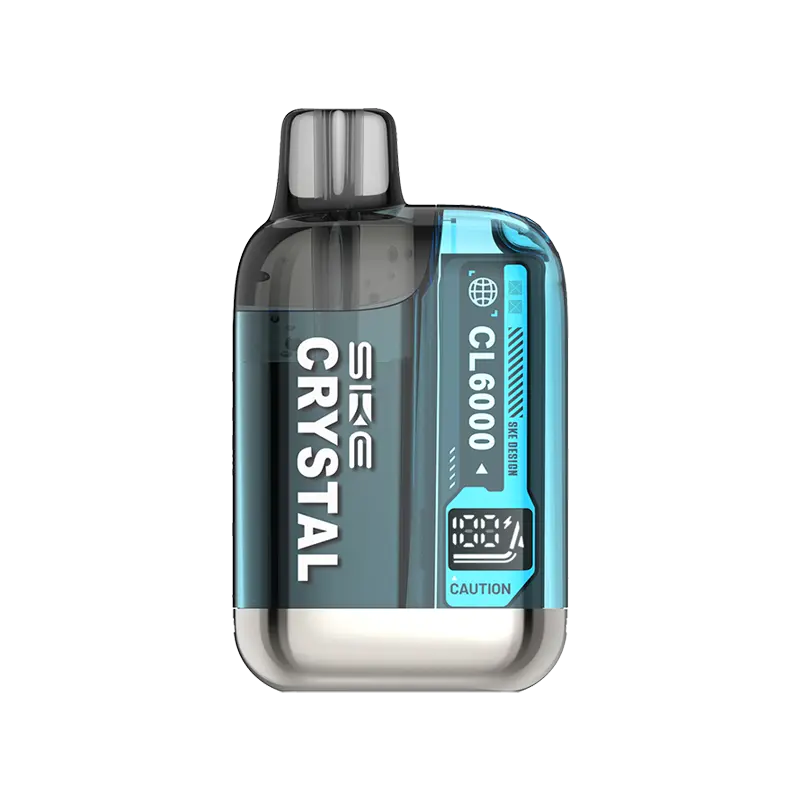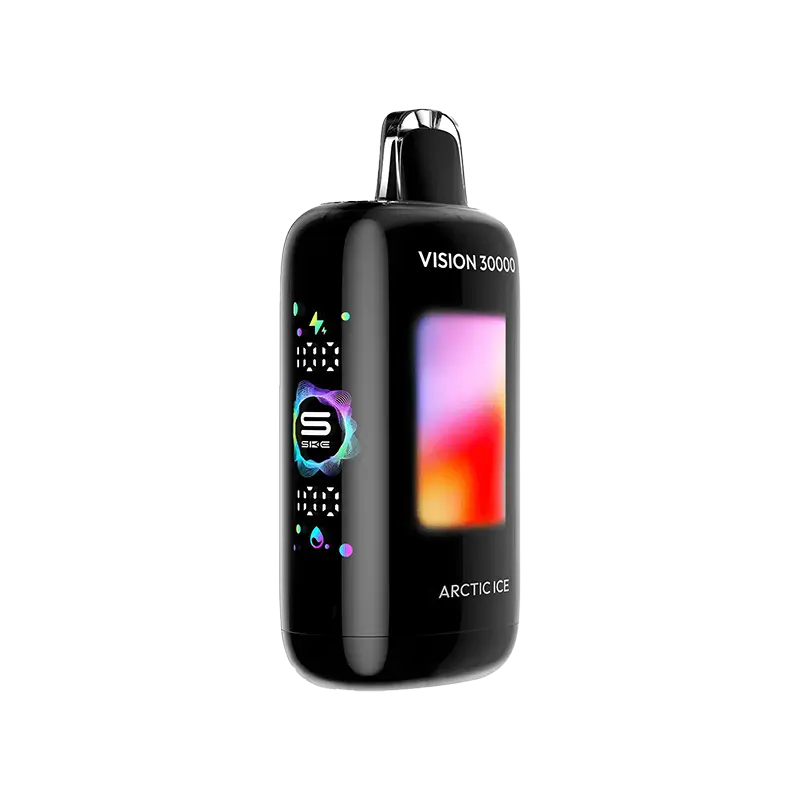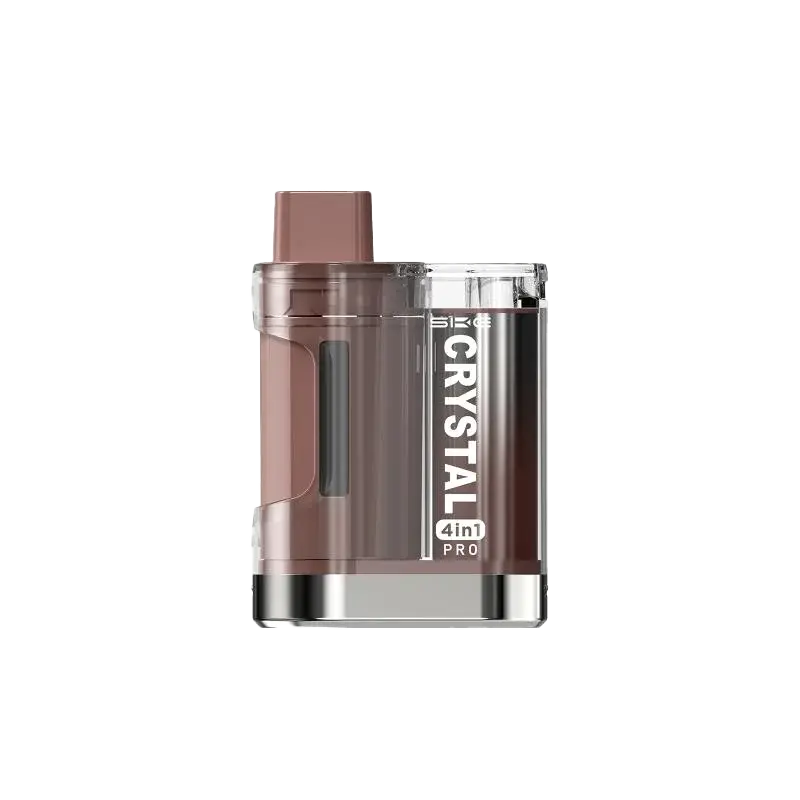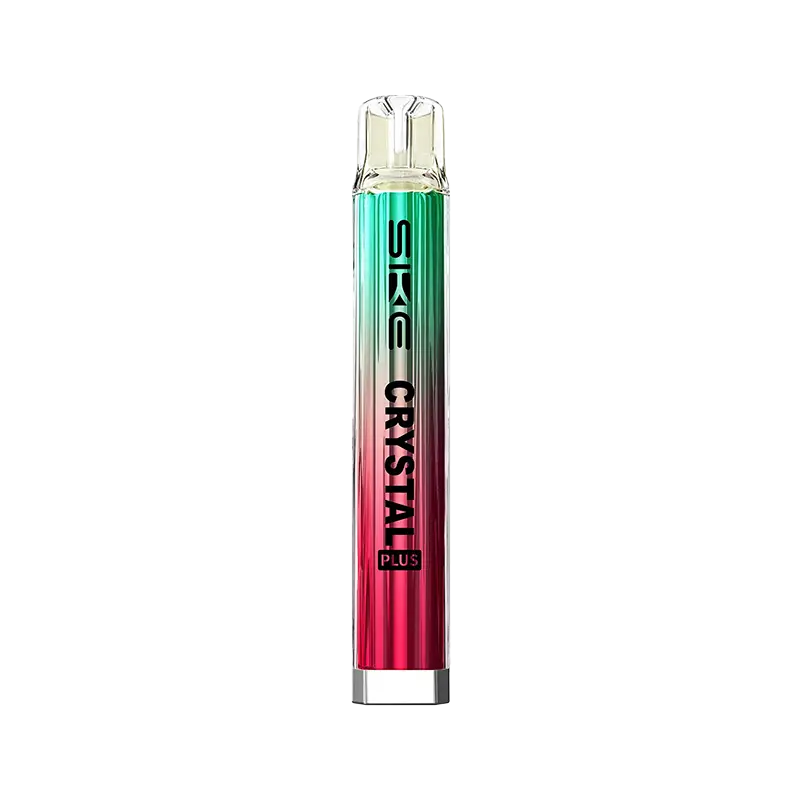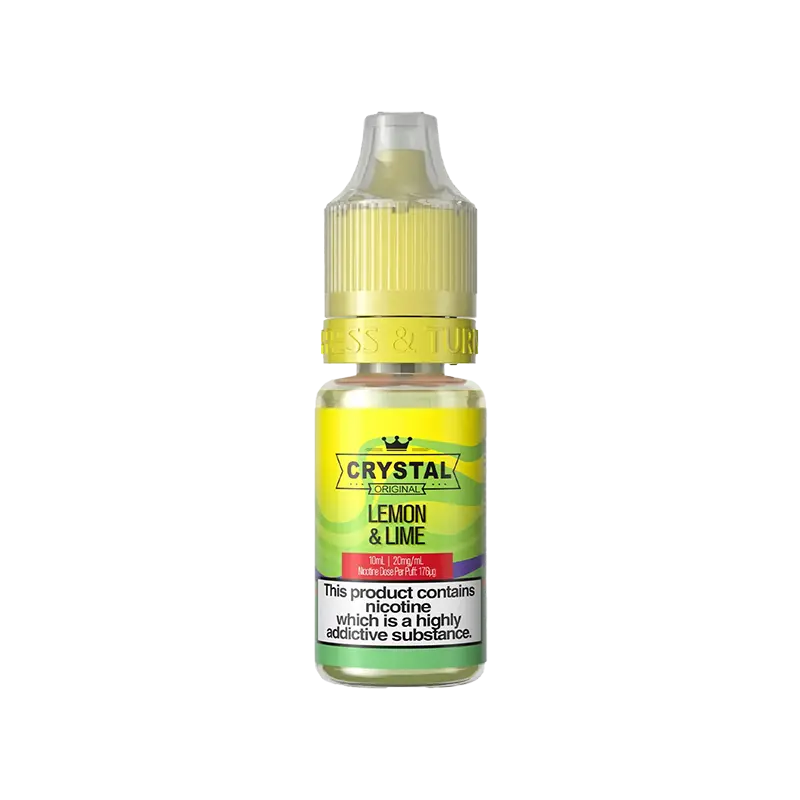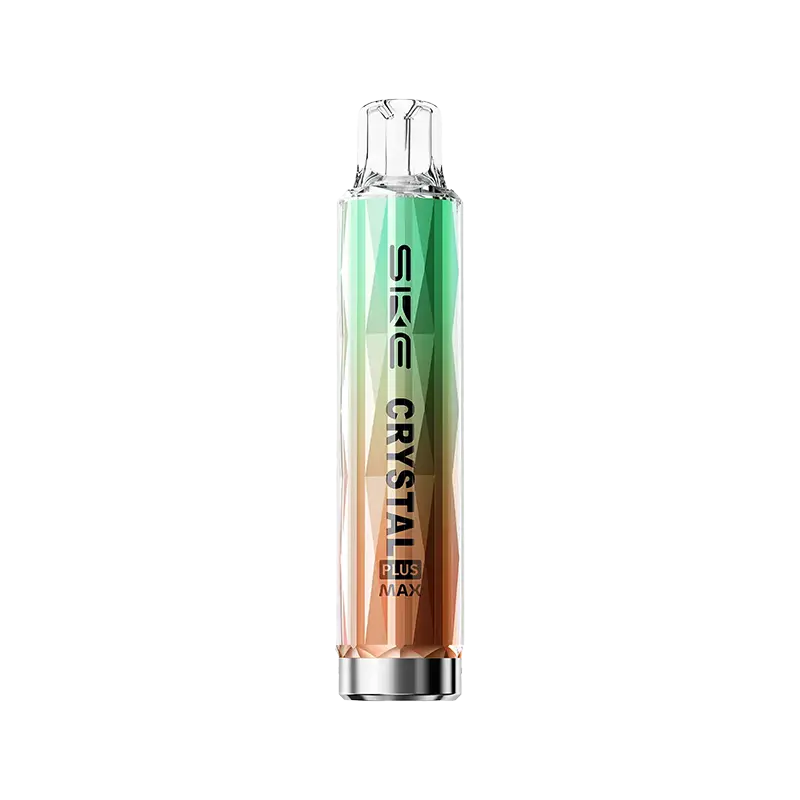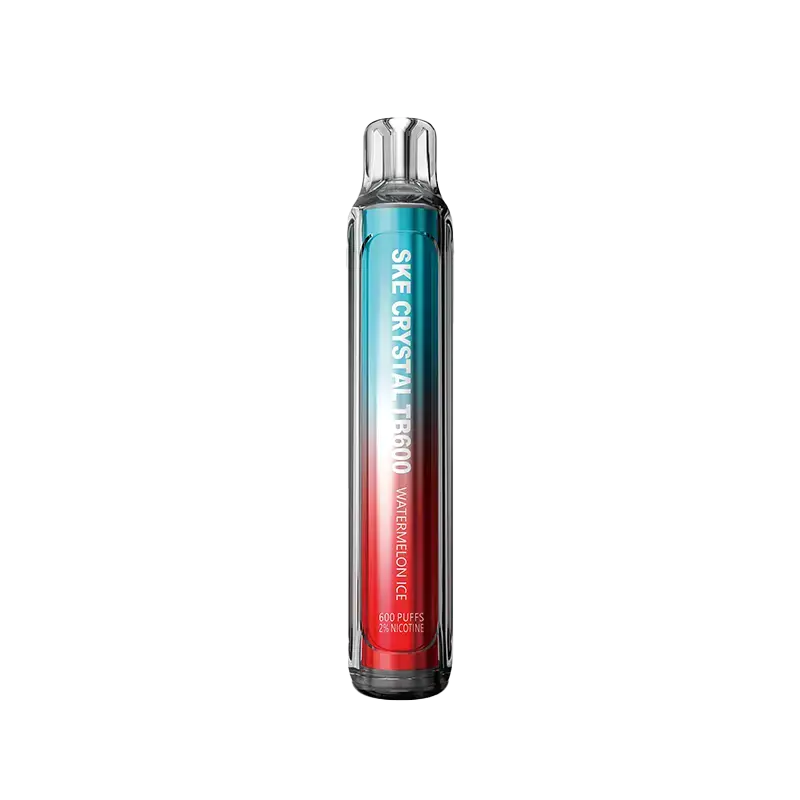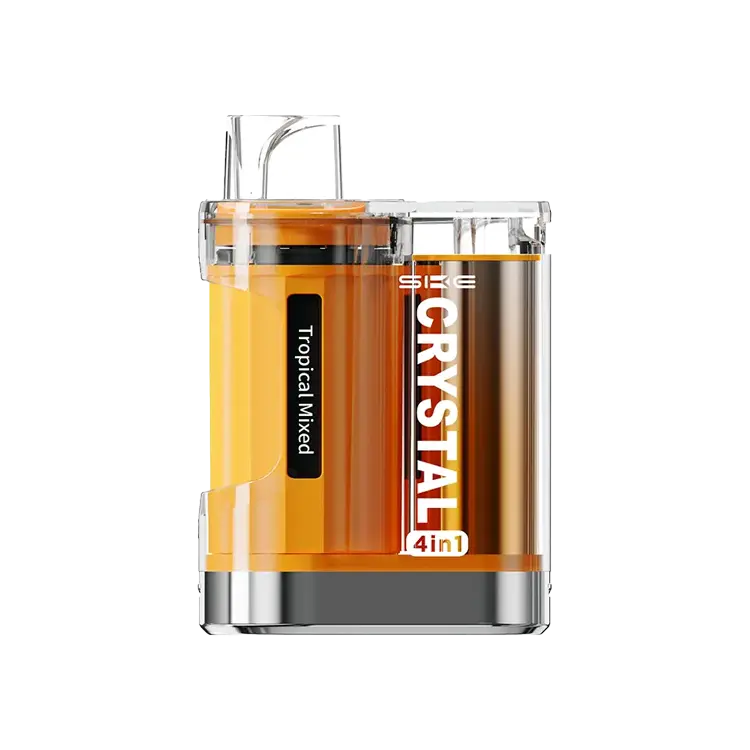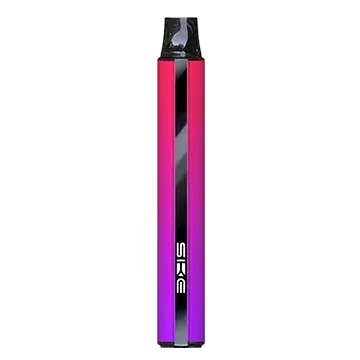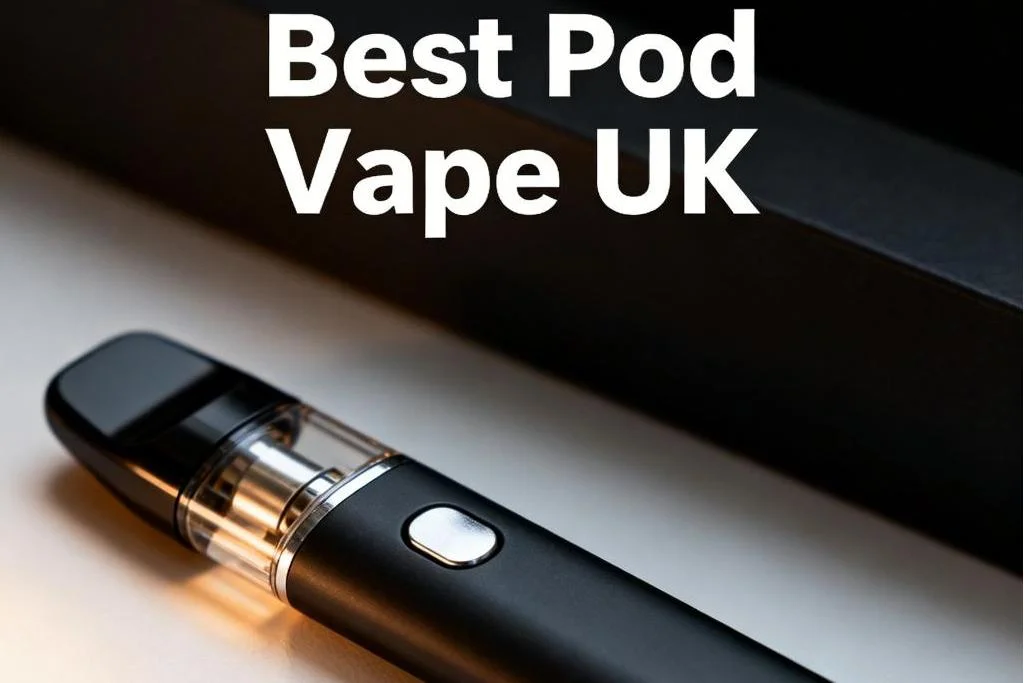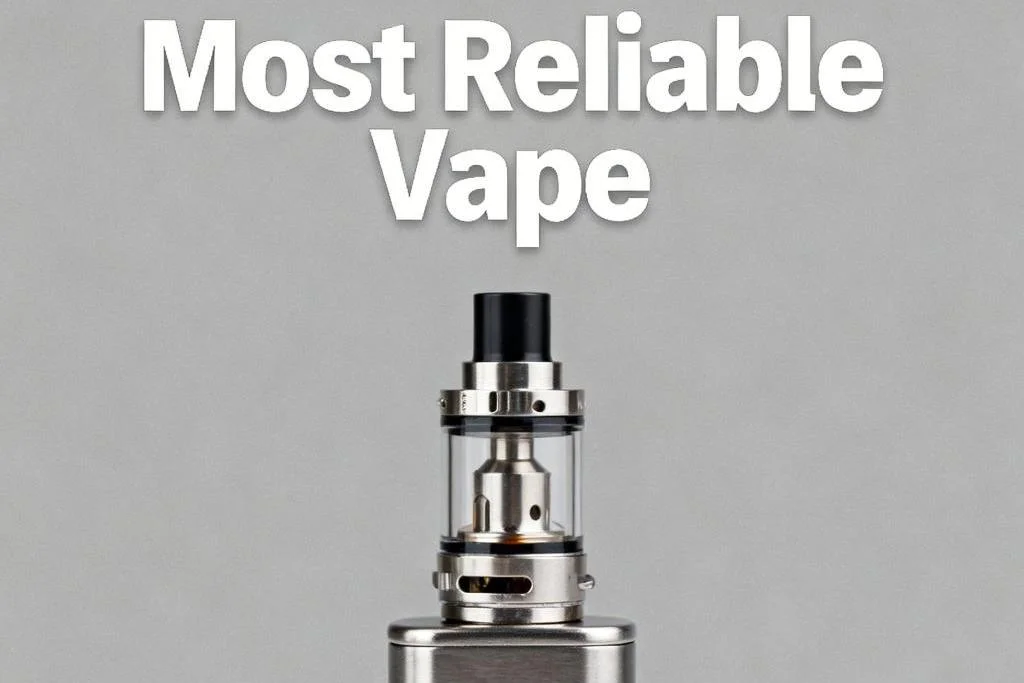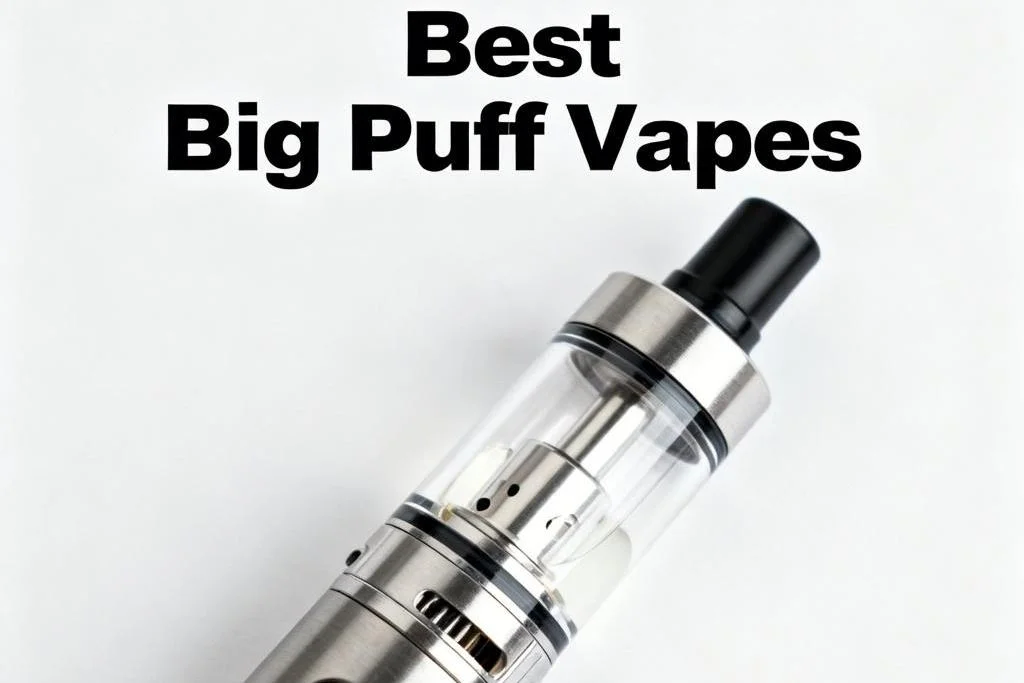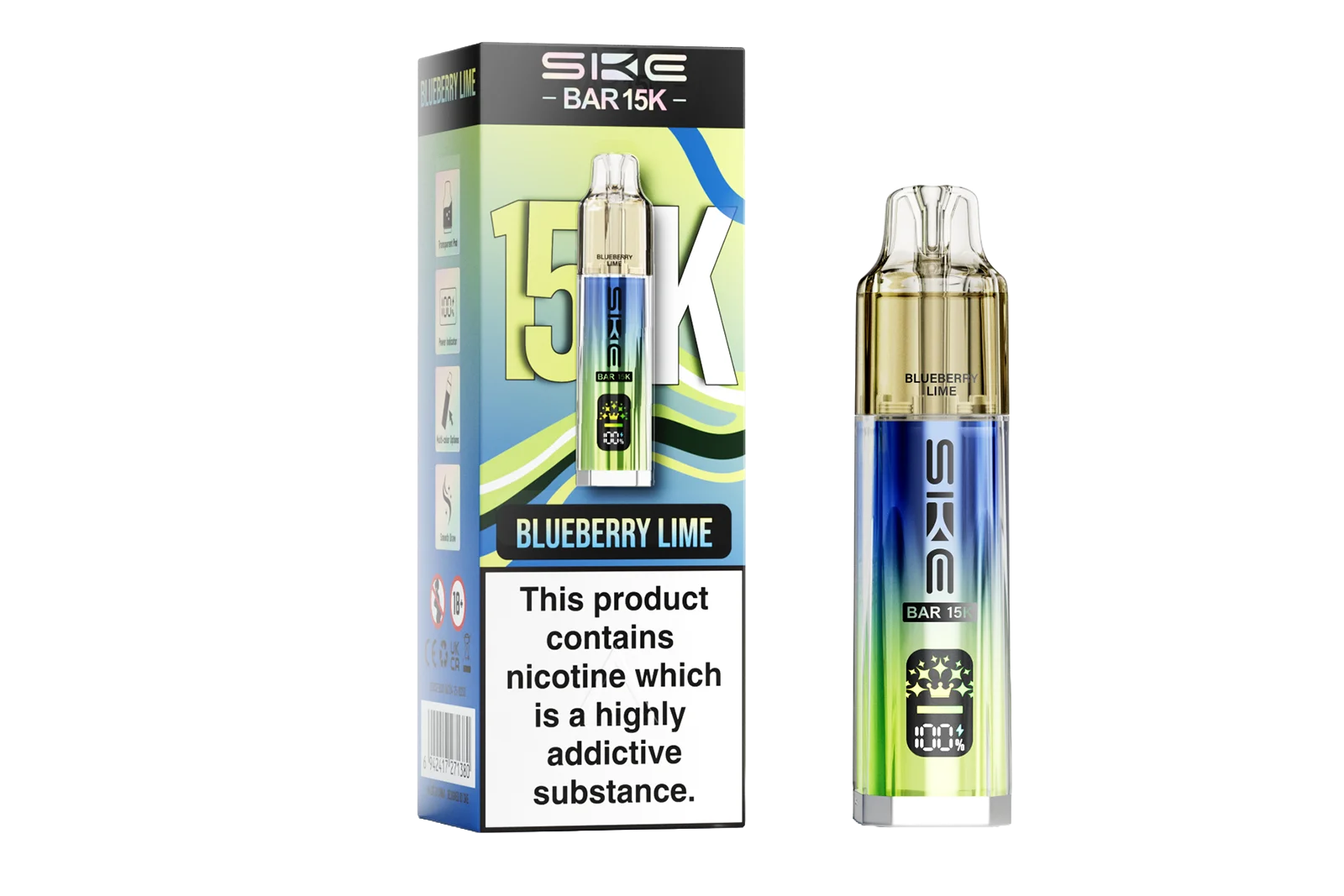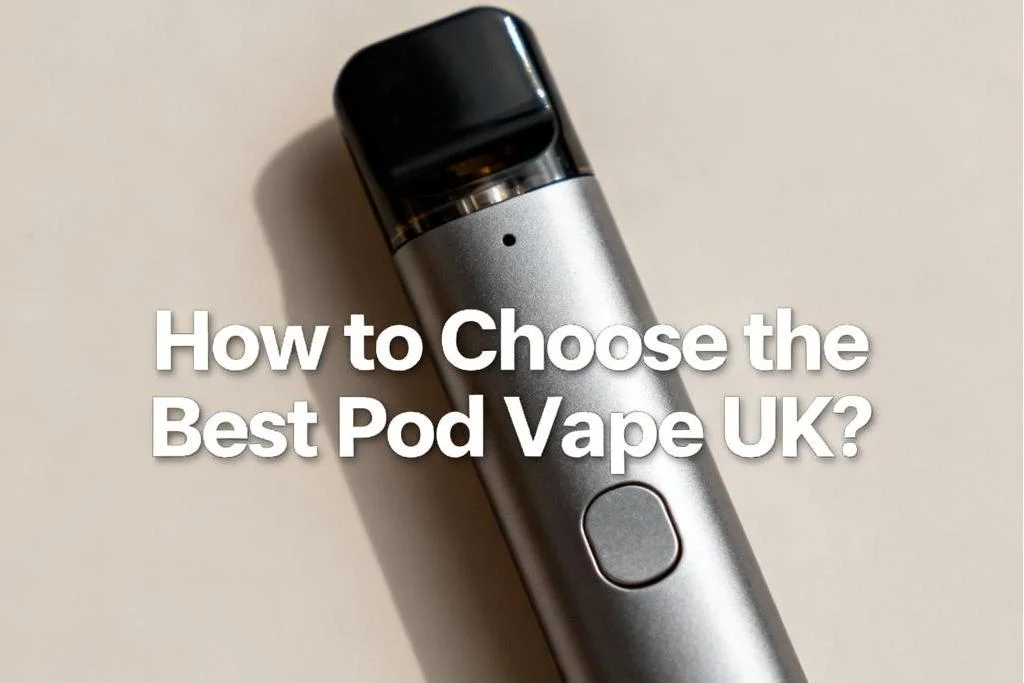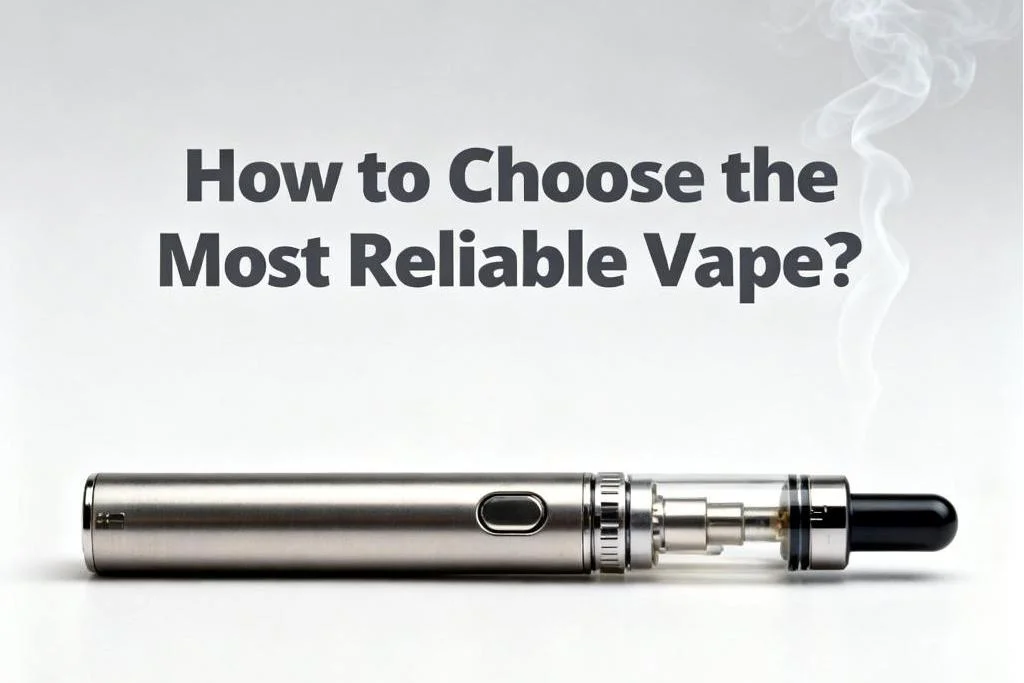What Happens If you Blow Vape Smoke Onto Food?
Vaping's exploded in popularity recently as an alternative to smoking cigarettes. Vapes create an aerosol by heating a liquid that typically contains nicotine, flavors, and other chemicals. Some vapers have started playfully or curiously blowing the vapor onto their meals before eating, which raises the question: what happens if you blow vape smoke onto food?
Potential impacts on flavor profiles
One obvious effect of blowing vape smoke onto eats is it can alter the flavor. The aerosol's got all kinds of chemicals beyond nicotine that can lend new tastes or scents to whatever you're eating. This effect's likely more noticeable with sweets and desserts.
For example, blowing vapor from a fruit or candy flavored vape liquid onto something like cake could intensify confection flavors of those fruits or candies. Savory eats like pizza or fries may pick up only subtle flavor differences from certain vape juices. The results'll vary based on the taste profiles of both the dish and vape liquid.
Flavors that are similar between the food and vape smoke tend to complement and enhance one another. Contrasting or dissimilar flavors may clash unpleasantly or mute certain notes. Sweet, fruity vape juices often blend best with desserts, while savory or herbal vapes can suit veggies or meat better.
Impacts on food safety and hygiene
Beyond flavor, potential food safety issues should be considered when vape smoke touches meals. Residues left on the food by the vapor may contain bacteria or contaminants that could cause illness if ingested.
Vape devices themselves can harbor microbes, especially around the mouthpiece. These can transfer to the vapor and get blown onto food. Cross-contamination's also a concern if someone uses the same vape for blowing smoke onto eats and for direct mouth contact.
Overall, exposing food to vape smoke likely increases risks of spreading dangerous germs and viruses to those consuming the items. It's wisest to keep vaping far from meal preparation and eating areas for best hygiene.
Effects on texture and mouthfeel
Apart from taste and safety, some believe blowing vape smoke onto food may subtly alter its physical texture and mouthfeel. Though little scientific research exists on this specific topic, it seems feasible the vapor could cause minor changes to certain foods' structures.
For example, heavily blowing smoke onto a delicate pastry may slightly dampen and soften the outer layers. Or the vapor could potentially allow subtle heat and chemical penetration into dense foods like casseroles on a microscopic level. However, any impacts to texture would probably be negligible in most cases with brief exposure.
Things like crackers, cookies, and breads may soften quicker than dense items. Moist or wet foods will absorb more smoke residue than drier eat. Oils may also help the vapor permeate deeper. But overall, limited vapor contact likely won't modify texture much.
Potential effects on nutritional value
Many folks also wonder whether blowing vape smoke onto food alters its nutritional makeup at all. Again, not much formal research directly covers this topic. But we can make educated guesses based on existing knowledge.
It seems unlikely vaping would significantly degrade or destroy nutrients in food with limited exposure. Compounds like vitamins, minerals, and proteins tend to be stable enough to withstand slight changes from vapor. But certain sensitive vitamins like vitamin C could potentially start breaking down with prolonged, direct contact.
Vape aerosols also introduce new compounds not originally present before in the eats. However, these likely don't contain meaningful or detectable amounts of macros like protein, carbs, or healthy fats. So the core nutritional profile remains essentially the same, though trace new chemicals get added in.
Impacts on visual presentation and appeal
Another overlooked effect of vaping onto eats is how it influences the food's appearance and eye appeal for those about to consume it. Blowing thick clouds of vapor onto a dish right before serving can diminish its appetizing visual presentation.
The billowing smoke may temporarily conceal or envelop foods, leaving them slightly less fresh and vibrant looking once the cloud dissipates. It also obscures natural colors and textures that normally catch our eye and stimulate appetite.
Some vapers play with making rings, tornadoes, or other shapes when they exhale smoke. But in general, vaping around open food meant for eating can detract from optimal presentation, especially for photographed meals.
Health considerations around secondhand vapor
If someone else blows vape smoke directly onto your plate, this also introduces health concerns related to secondhand vapor exposure. Though vaping doesn't generate all the same carcinogens and tar as cigarette smoke, the aerosol still contains nicotine and various chemicals.
Inhaling secondhand vapor in close proximity could potentially irritate lungs and airways in non-vapers, especially those with underlying respiratory conditions. Though minute, there's also a small risk of absorbing nicotine or other compounds through one's mouth, nose, and digestive tract from residues left on food.
While the level of exposure from this scenario would be minor, it opens the door to potential health impacts that are easily avoidable by not vaping near uncovered food meant for others. People with sensitivities may wish to avoid consuming items that have been directly smoked upon.
Can you vape in a restaurant kitchen?
In commercial food service environments like restaurants, there are often legal restrictions on vaping indoors to protect employees and patrons from secondhand vapor exposure. Eateries need to comply with applicable state and local laws regarding on-site vaping.
Additionally, nearly all health departments prohibit staff from vaping directly around exposed food, drinkware, or active prep areas. Vape smoke should never intentionally waft onto meals being handled at restaurants, cafeterias, or other dining establishments.
Employers must enforce clear anti-vaping policies during food handling and preparation. They're required to follow codes banning vape use in kitchen spaces or near uncovered eats to avoid violations. Fines for noncompliance could be hefty.
Potential novelty benefits under controlled conditions?
While haphazardly blowing vape fumes onto eats comes with various drawbacks, there may be certain novelty advantages in very controlled scenarios. For instance, pioneering chefs or mixologists could carefully experiment with using specialized smoking guns or vapor infusion contraptions to gently infuse foods or drinks with novel aromas not possible through traditional cooking methods alone.
However, this novel technique requires great precision and care to introduce essences without compromising food safety, quality, or comfort of patrons. But under the right circumstances, using vapor could provide innovative flavor experiences diners may find intriguing and enjoyable.
Overall though, use prudent caution and restraint when vaping near food intended for consumption. Moderation helps maximize any novelty while limiting health, safety, and compliance risks and concerns.
Key takeaways
• Blowing vape smoke directly onto eats may change flavor profiles, especially sweeter items that readily absorb aromas. In theory, it is. But in pratical, it may not change the flavor. Because the food only absorbs insignificant vape smoke, said Terry Lee on Quora.
• Vaping around exposed food boosts contamination risks and reduces hygiene compared to keeping e-cigs away entirely.
• While possible under certain conditions, it's unlikely vaping would significantly alter texture or nutrition with limited exposure.
• Vaping near food can negatively impact visual presentation, conceal colors/textures, and diminish appetite appeal.
• Secondhand vapor raises health concerns like irritation or unwanted nicotine absorption, primarily for non-vapers.
• In commercial kitchens and eateries, vaping around food disobeys health codes and indoor vaping laws.
• Very carefully used devices may infuse foods with pleasant novel essences under controlled circumstances.
• Generally, refrain from casually blowing vape smoke directly onto food to limit potential risks and drawbacks.
With vaping's expanding popularity, many folks are experimenting with blowing vapor onto their meals before eating out of curiosity. However, this practice introduces an array of safety, health, hygiene, and compliance factors to thoughtfully consider.
While some novelty flavors may result when applied judiciously and in a highly controlled manner, restraint is advisable to avoid problems associated with haphazard exposure of eats to vape fumes. Following laws and policies prohibiting vaping near uncovered food items can help mitigate concerns and risks. In general, it is prudent to keep any recreational vaping activity at a reasonable distance from food preparation and dining areas.
After reading this article, you may want to find out the truth yourself, why not take out a SKE Crystal Bar and blow the vapor onto the food and taste. And you can try different products of our SKE Vape, so the result of your experiment is more convincing. Do it now.
Frequently Asked Questions
Does blowing vape smoke onto food introduce a bunch of new chemical compounds?
While vape smoke does introduce some new substances derived from the e-liquid, residue amounts transferred would generally be low and unlikely to dramatically alter the overall chemical profile of dishes exposed briefly. However, it's still ideal to minimize adding non-essential compounds when possible as a precaution.
Can blowing vape smoke onto a meal give the food higher nicotine levels?
Potentially yes, though the amounts absorbed would be negligible at best with limited exposure. Any nicotine residue transferred would be minuscule, but enhanced migration into the food is theoretically possible, especially with acidic or moist dishes. That said, it's wise to avoid intentionally dosing eats with nicotine via secondhand vape smoke.
Is it safe for people with food allergies to consume items that vape smoke was blown onto?
No, vaping around meals poses increased risks for those with food allergies since cross-contamination is possible between trace allergens in the food and compounds introduced from the vape smoke. It's advisable for people with food allergies to avoid consuming any dishes that were blown on directly by vape vapor as a safety precaution.
Can restaurants legally use vape smoking as part of molecular gastronomy preparation techniques on menu items?
While pioneering chefs may carefully experiment with culinary applications of vaping, the vast majority of commercial kitchens prohibit vaping anywhere near open food or drink for legal and health reasons. Patrons should never see establishment personnel freely vaping around exposed eats in dining establishments.
Is it possible to blow vape smoke onto raw fruits, vegetables, or herbs to infuse them with new flavors?
It is hypothetically possible to impart subtle new aromas or flavors onto fresh produce by gently blowing quality vaping fumes over them. However, this should only be attempted with great care and control, if at all. Most fruits, vegetables, and herbs readily absorb introduced compounds. So elements of the vape juice would likely be transferred into the produce.
TABLE OF CONTENTS
- Potential impacts on flavor profiles
- Impacts on food safety and hygiene
- Effects on texture and mouthfeel
- Potential effects on nutritional value
- Impacts on visual presentation and appeal
- Health considerations around secondhand vapor
- Can you vape in a restaurant kitchen?
- Potential novelty benefits under controlled conditions?
- Key takeaways
- Frequently Asked Questions
- Does blowing vape smoke onto food introduce a bunch of new chemical compounds?
- Can blowing vape smoke onto a meal give the food higher nicotine levels?
- Is it safe for people with food allergies to consume items that vape smoke was blown onto?
- Can restaurants legally use vape smoking as part of molecular gastronomy preparation techniques on menu items?
- Is it possible to blow vape smoke onto raw fruits, vegetables, or herbs to infuse them with new flavors?
